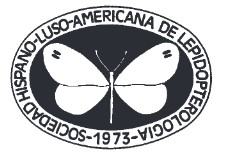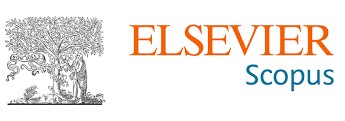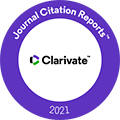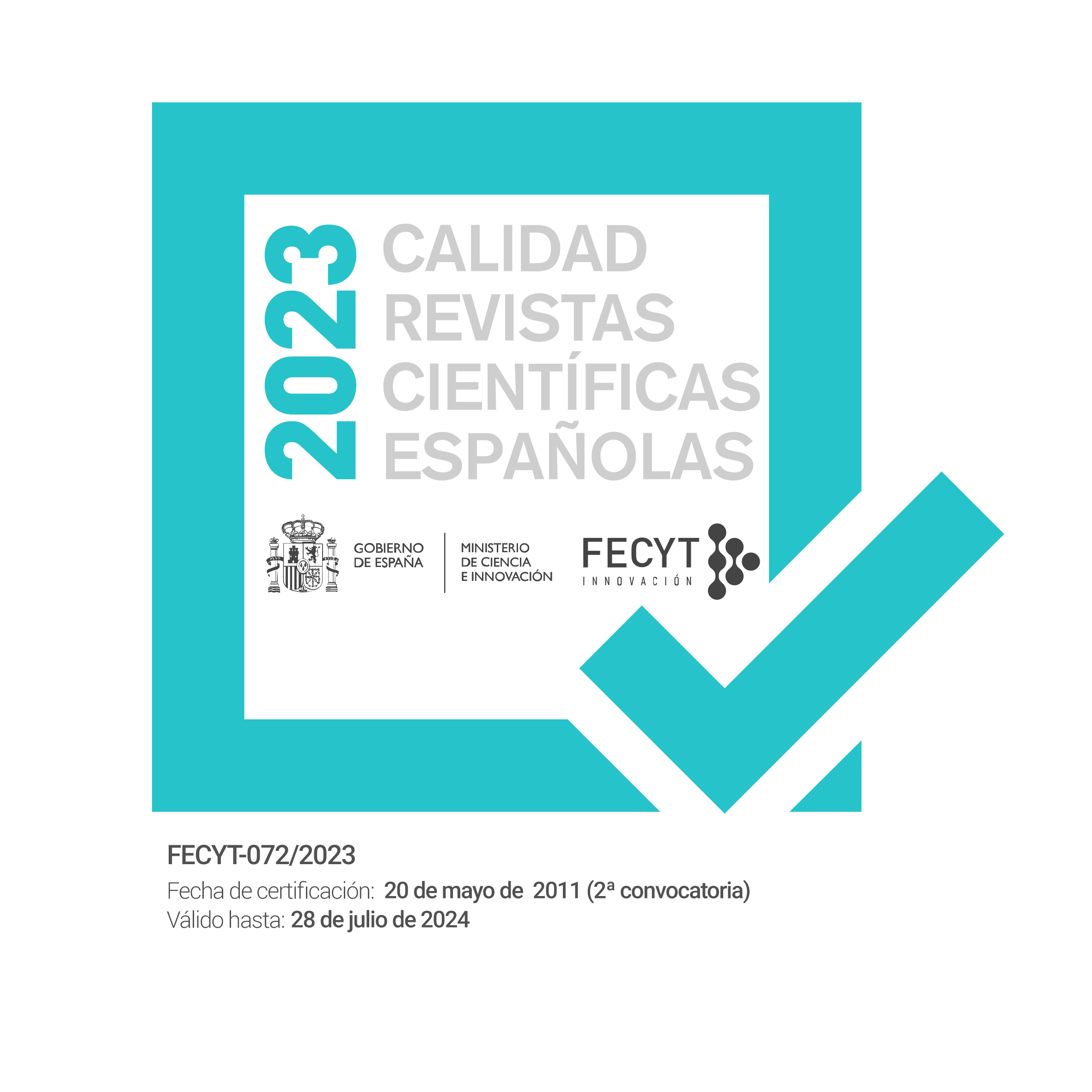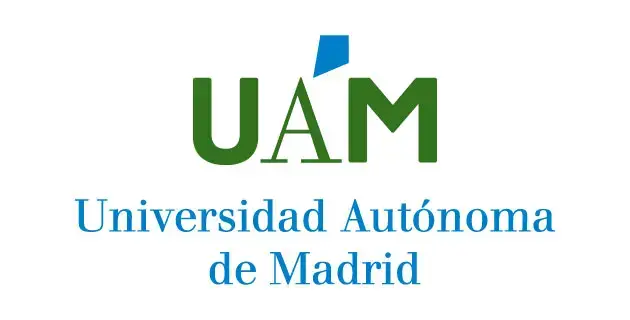Individual photographic identification based on unique colour pattern of the thorax of Acherontia atropos (Linnaeus, 1758) (Lepidoptera: Sphingidae)
DOI:
https://doi.org/10.57065/shilap.181Keywords:
Lepidoptera, Sphingidae, Acherontia atropos, individual marking techniques, natural marks, APHIS, Balearic Islands, SpainAbstract
Natural marks have increasingly been used as a tool for individual identification. One of the most popular techniques used by natural marks as an individual recognition tool is photo-identification. Photo-identification is a non-invasive alternative to traditional marking, which allows individual recognition of species through time and space. In this study, the APHIS (Automatic Photo Identification Suite) software has been evaluated as software capable of identifying individuals of Acherontia atropos (Linnaeus, 1758). The SPM (Spot Pattern Matching) and ITM (Image Template Matching) procedures were tested and found to achieve 100% success of individuals recognition. Thus, for the first time in a Sphingidae, the colour pattern of the dorsal part of the thorax of A. atropos is demonstrated to represent a suitable natural mark for individual recognition.
Downloads
Global Statistics ℹ️
|
549
Views
|
333
Downloads
|
|
882
Total
|
|
References
BOLGER, D. T., MORRISON, T. A., VANCE, B., LEE, D. & FARID, H., 2012.– A computer-assisted system for photographic mark-recapture analysis.– Mollecular Ecology and Evolution, 3: 813-822. DOI: https://doi.org/10.1111/j.2041-210X.2012.00212.x
BROWER, L. P., 1962.– Evidence for interspecific competition in natural populations of the monarch and queen butterflies, Danaus plexippus and D. gilippus berenice in South Central Florida.– Ecology, 43: 549-552. DOI: https://doi.org/10.2307/1933390
BRUGGER, A., 1946.– The death head moth.– Gleaning in Bee Culture, 74: 602-603.
CAMERON, P. J., WALKER, G. P., PENNY, G. M. & WIGLEY, P. J., 2002.– Movement of potato tuberworm (Lepidoptera: Gelechiidae) within and between crops, and some comparisons with diamondback moth (Lepidoptera: Plutellidae).– Environmental Entomology, 31: 65-75. DOI: https://doi.org/10.1603/0046-225X-31.1.65
CALVO, B. & FURNESS, R. W., 1992.– A review of the use and the effects of marks and devices on birds.– Ringing and Migration, 13: 129-151. DOI: https://doi.org/10.1080/03078698.1992.9674036
CHIM, C. K. & TAN, K. S., 2012.– Recognition of individual knobby sea stars Protoreaster nodosus (L., 1758) using aboral surface characteristics.– Journal of Experimental Marine Biology and Ecology, 430: 48-55. DOI: https://doi.org/10.1016/j.jembe.2012.06.028
DELANY, M. J., 1978.– Introduction: marking animals for research: 1-10 pp.– In B. STONEHOUSE (Ed.). Animal Marking. Recognition Marking of Animals in Research: 268 pp. Palgrave, London. DOI: https://doi.org/10.1007/978-1-349-03711-7_1
DENIS, D. & CRUZ-FLORES, D. D., 2017.– Algoritmo para la fotoidentificación individual en lepidópteros diurnos cubanos con patrones de manchas.– Poeyana, 505: 1-14.
DÍAZ-CALAFAT, J., RIBAS-MARQUÉS, E., JAUME-RAMIS, S., MARTÍNEZ-NÚÑEZ, S., SHARAPOVA, A. & PINYA, S., 2018.– Individual unique colour patterns of the pronotum of Rhynchophorus ferrugineus (Coleoptera: Curculionidae) allow for photographic identification methods (PIM).– Journal of Asia-Pacific Entomology, 21: 519-526. DOI: https://doi.org/10.1016/j.aspen.2018.03.002
DUNBAR, S. G., ITO, H. E., BAHJRI, K., DEHOM, S. & SALINAS, L., 2014.– Recognition of juvenile hawksbills Eretmochelys imbricata through face scale digitization and automated searching.– Endangered Species Research, 26: 137-146. DOI: https://doi.org/10.3354/esr00637
FRISCH, A. J. & HOBBS, J. P. A., 2007.– Photographic identification based on unique, polymorphic colour patterns: a novel method for tracking a marine crustacean.– Journal of Experimental Marine Biology and Ecology, 351: 294-299. DOI: https://doi.org/10.1016/j.jembe.2007.07.008
GALL, L. F., 1984.– The effects of capturing and marking on subsequent activity in Boloria acrocnema (Lepidoptera: Nymphalidae), with a comparison of different numerical models that estimate population size.– Biological Conservation, 28: 139-154. DOI: https://doi.org/10.1016/0006-3207(84)90032-6
HAMIDA, B. B., 1999.– Enemies of bees.– In M. E. COLIN, B. V. BALL & M. KILANI (Ed.).– Bee Disease Diagnosis: 147-165. Ed. CICHEAM, Zaragoza.
HIGGINS, B. M., ROBERTSON, B. A. & WILLIAMS, T. D., 1997.– Manual for mass wire tagging of hatchling sea turtles and the detection of internal wire tags. NOAA Technical Memorandum NMFS-SEFSC-402: IX + 66 pp. U. S. Department of Commerce, Galveston, Texas.
HUFFARD, C. L., CALDWELL, R. L., DELOACH, N., GENTRY, D. W., HUMANN, P., MACDONALD, B., MOORE, B., ROSS, R., UNO, T. & WONG, S., 2008.– Individually unique body colour patterns in octopus (Wunderpus photogenicus) allow for photoidentification.– Plos One, 3: e3732. DOI: https://doi.org/10.1371/journal.pone.0003732
KITCHING, I. J., 2021.– Sphingidae Taxonomic Inventory. Available from http://sphingidae.myspecies.info/ (accessed on 29 March 2021).
KNIGHT, A., BROWER, L. P. & WILLIAMS, E. H., 1999.– Spring remigration of the monarch butterfly, Danaus plexippus (Lepidoptera: Nymphalidae) in north-central Florida: estimating population parameters using markrecapture.– Biological Journal of Linnaean Society, 68: 531-556. DOI: https://doi.org/10.1111/j.1095-8312.1999.tb01187.x
KOHLER, N. E. & TURNER, P. A., 2001.– Shark tagging: a review of conventional methods and studies.– Environmental Biology of Fishes, 60: 191-224. DOI: https://doi.org/10.1007/978-94-017-3245-1_12
LANGTIMM, C. A., BECK, C. A., EDWARDS, H. H., FICK-CHILD, K. J., ACKERMAN, B. B., BARTON, S. L. & HARTLEY, W. C., 2004.– Survival estimates for Florida manatees from the photo-identification of individuals.– Marine Mammalogy Science, 20: 438-463. DOI: https://doi.org/10.1111/j.1748-7692.2004.tb01171.x
MANN, J., CONNOR, R. C., TYACK, P. L. & WHITEHEAD, H., 2000.– Cetacean societies: field studies of dolphins and whales: XIV + 111 pp. University of Chicago Press, Chicago.
MATTHIOPOULOS, J., MCCONNELL, B., DUCK, C. & FEDAK, M., 2004.– Using satellite telemetry and aerial counts to estimate space use by grey seals around the British Isles.– Journal of Applied Ecology, 41: 476-491. DOI: https://doi.org/10.1111/j.0021-8901.2004.00911.x
MORTON, A. C., 1982.– The effects of marking and capture on recapture frequencies of butterflies.– Oecologia, 53: 105-110. DOI: https://doi.org/10.1007/BF00377143
MOYA, Ó., MANSILLA, P. L., MADRAZO, S., IGUAL, J. M., ROTGER, A., ROMANO, A. & TAVECCHIA, G., 2015.– APHIS: a new software for photo-matching in ecological studies.– Ecological Informatics, 27: 64-70. DOI: https://doi.org/10.1016/j.ecoinf.2015.03.003
MURPHY, D. D., 1987.– Are we studying our endangered butterflies to death?.– Journal of Research on the Lepidoptera, 26: 236-239. DOI: https://doi.org/10.5962/p.266718
OOSTHUIZEN, W. C., DE BRUYN, P. J. N., BESTER, M. N. & GIRONDOT, M., 2010.– Cohort and tag-site-specific tag-loss rates in mark-recapture studies: A southern elephant seal cautionary case.– Marine Mammalogy Science, 26: 350-369. DOI: https://doi.org/10.1111/j.1748-7692.2009.00328.x
PATERSON, W. D., REDMAN, P., HIBY, L. A., MOSS, S. E. W., HALL, A. J. & POMEROY, P., 2013.– Pup to adult photo-ID: evidence of pelage stability in grey seals.– Marine Mammalogy Science, 29: E537-E541. DOI: https://doi.org/10.1111/mms.12043
PRIETO, C., TAKEGAMI, C. & RIVERA, J. M., 2005.– Estructura poblacional de Morpho sulkowskyi Kollar, 1850 (Lepidoptera: Nymphalidae) en un sector de la cordillera occidental, departamento del Cauca (Colombia).– Entomotropica, 20: 15-22.
RAJ, L. K., 1998.– Photo-identification of Stichopus mollis.– SPC Beche-de-mer Bulletin, 10: 29-31. DOI: https://doi.org/10.18356/fff851f7-fr
R CORE TEAM., 2017.– R: A language and environment for statistical computing.: R Foundation for Statistical Computing. Vienna.
ROMITI, F., BISSATTINI, A. M., BUONO, V., CIFARELLI, C., DELLA ROCCA, F., ENIANG, E. A., AKANI G. C., LUISELLI, L., SUPERTI, V., CARPANETO, G. M. & VIGNOLI, L., 2017.– Photographic identification method (PIM) using natural body marks: A simple tool to make a long story short.– Zoologischer Anzeiger, 266: 36-147. DOI: https://doi.org/10.1016/j.jcz.2016.11.006
ROSSI DE GASPERIS, S., CARPANETO, G. M., NIGRO, G., ANTONINI, G., CHIARI, S., CINI, A., MANCINI, E., MASON, F., MOSCONI, F., REDOLFI DE ZAN, L., ROVERSI, P. F., SABBATINI-PEVERIERI, G., SOLANO, E. & CAMPANARO, A., 2017.– Computer-aided photographic identification of Rosalia alpina (Coleoptera: Cerambycidae) applied to a mark-recapture study.– Insect Conservation and Biodiversity, 10: 54-63. DOI: https://doi.org/10.1111/icad.12199
SACCHI, R., GALEOTTI, P., FASOLA, M. & SCALI, S., 2007.– The numerical encoding of scale morphology highly improves photographic identification in lizards.– Acta Herpetologica, 1: 1000-1009.
SARWARS, M., 2016.– Insect pests of honey bees and choosing of the right management strategic plan.– International Journal of Entomological Research, 1: 16-22.
SHERLEY, R. B., BURGHARDT, T., BARHAM, P. J., CAMPBELL, N. & CUTHILL, I. C., 2010.– Spotting the difference: towards fully-automated population monitoring of African penguins Spheniscus demersus.– Endangered Species Research, 11: 101-111. DOI: https://doi.org/10.3354/esr00267
SILVY, N. J., LOPEZ, R. R. & PETERSON, M. J., 2012.– Techniques for marking wildlife.– In I. SILVY (Ed.). The wildlife techniques manual: 230-257. The John Hopkins University Press. Baltimore.
SINGER, M. C. & WEDLAKE, P., 1981.– Capture does affect probability of recapture in a butterfly species.– Ecological Entomology, 6: 215-216. DOI: https://doi.org/10.1111/j.1365-2311.1981.tb00609.x
SOUTHWOOD, T. R. E. & HENDERSON, P. A., 2009.– Ecological methods: XV + 111 pp. Ed. Halsted Press. New York.
SPEED, C. W., MEEKAN, M. G. & BRADSHAW, C. J. A., 2007.– Spot the match-wildlife photo-identification using information theory.– Frontiers in Zoology, 4: 1182-1184. DOI: https://doi.org/10.1186/1742-9994-4-2
STEVICK, P. T., PALSBØLL, P. J., SMITH, T. D., BRAVINGTON, M. V. & HAMMOND, P. S., 2001.– Errors in identification using natural markings: rates, sources, and effects on capture recapture estimates of abundance.– Canadian Journal of Aquatic Fish and Aquatic Science, 58: 1861-1870. DOI: https://doi.org/10.1139/f01-131
VAN TIENHOVEN, A. M., DEN HARTOG, J. E., REIJNS, R. A. & PEDDEMORS, V. M., 2007.– A computer-aided program for pattern-matching of natural marks on the spotted raggedtooth shark Carcharias taurus.– Journal of Applied Ecology, 44: 273-280. DOI: https://doi.org/10.1111/j.1365-2664.2006.01273.x
ZAGORINSKII, A. A., GORBUNOV, O. G. & SIDOROV, A. V., 2013.– An experience of rearing some hawk moths (Lepidoptera, Sphingidae) on artificial diets.– Entomological Review, 93: 1107-1115. DOI: https://doi.org/10.1134/S0013873813090029
ZHENG, X., OWEN, M. A., NIE, Y., HU, Y., SWAISGOOD, R. R., YAN, L. & WEI, F., 2016.– Individual identification of wild giant pandas from camera trap photos-a systematic and hierarchical approach.– Journal of Zoology, 300: 247-256. DOI: https://doi.org/10.1111/jzo.12377
Published
How to Cite
Issue
Section
License
Copyright (c) 2022 A. Ruiz de la Hermosa, F. Truyols-Hermosa, S. Pinya

This work is licensed under a Creative Commons Attribution 4.0 International License.
The author SS retains his trademark and patent rights to any process or procedure within the article.
The author retains the right to share, distribute, perform and publicly communicate the article published in SHILAP Revista de lepidopterología, with initial acknowledgement of its publication in SHILAP Revista de lepidopterología.
The author retains the right to make a subsequent publication of his work, from using the article to publishing it in a book, provided that he indicates its initial publication in SHILAP Revista de lepidopterología.
Each submission to SHILAP Revista de lepidopterología must be accompanied by an acceptance of copyright and acknowledgement of authorship. By accepting them, authors retain copyright of their work and agree that the article, if accepted for publication by SHILAP Revista de lepidopterología, will be licensed for use and distribution under a "Creative Commons Attribution 4.0 International" (CC BY 4.0) licence that allows third parties to share and adapt the content for any purpose giving appropriate credit to the original work.
You may read here the basic information and the legal text of the license. The indication of the CC BY 4.0 License must be expressly stated in this way when necessary.
As of 2022, the content of the print and digital version is licensed under a "Creative Commons Attribution 4.0 International License" (CC BY 4.0), licence that allows third parties to share and adapt the content for any purpose giving appropriate credit to the original work.
Previous content in the journal was published under a traditional copyright licence; however, the archive is available for free access.
When using the contents of SHILAP Revista de lepidopterología published before 2022, including figures, tables or any other material in printed or electronic format belong to the authors of the articles, the authors must obtain the permission of the copyright holder. Legal, financial and criminal liabilities in this respect belong to the author(s).
In application of the Principle of Priority of the International Code of Zoological Nomenclature, no other version than the one published by the publisher may be deposited in repositories, personal websites or similar.





